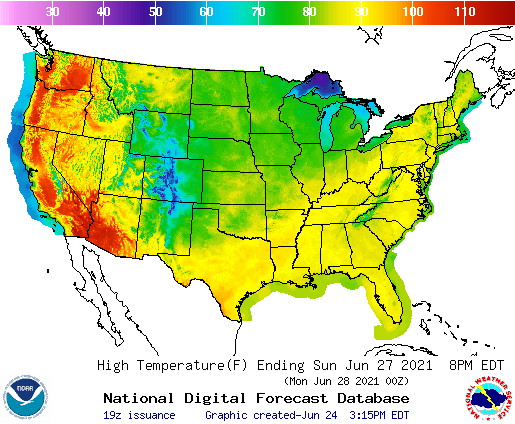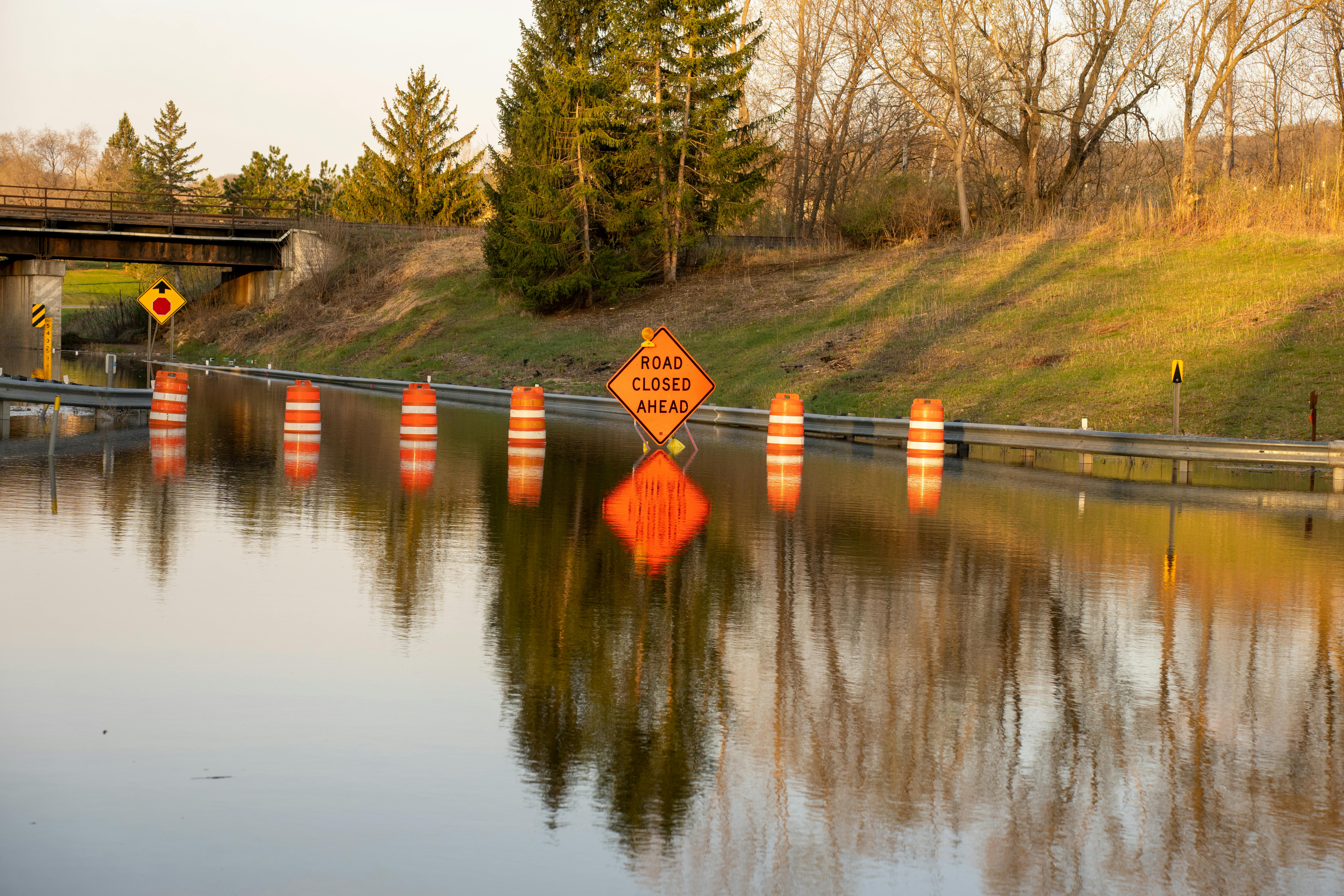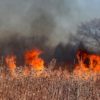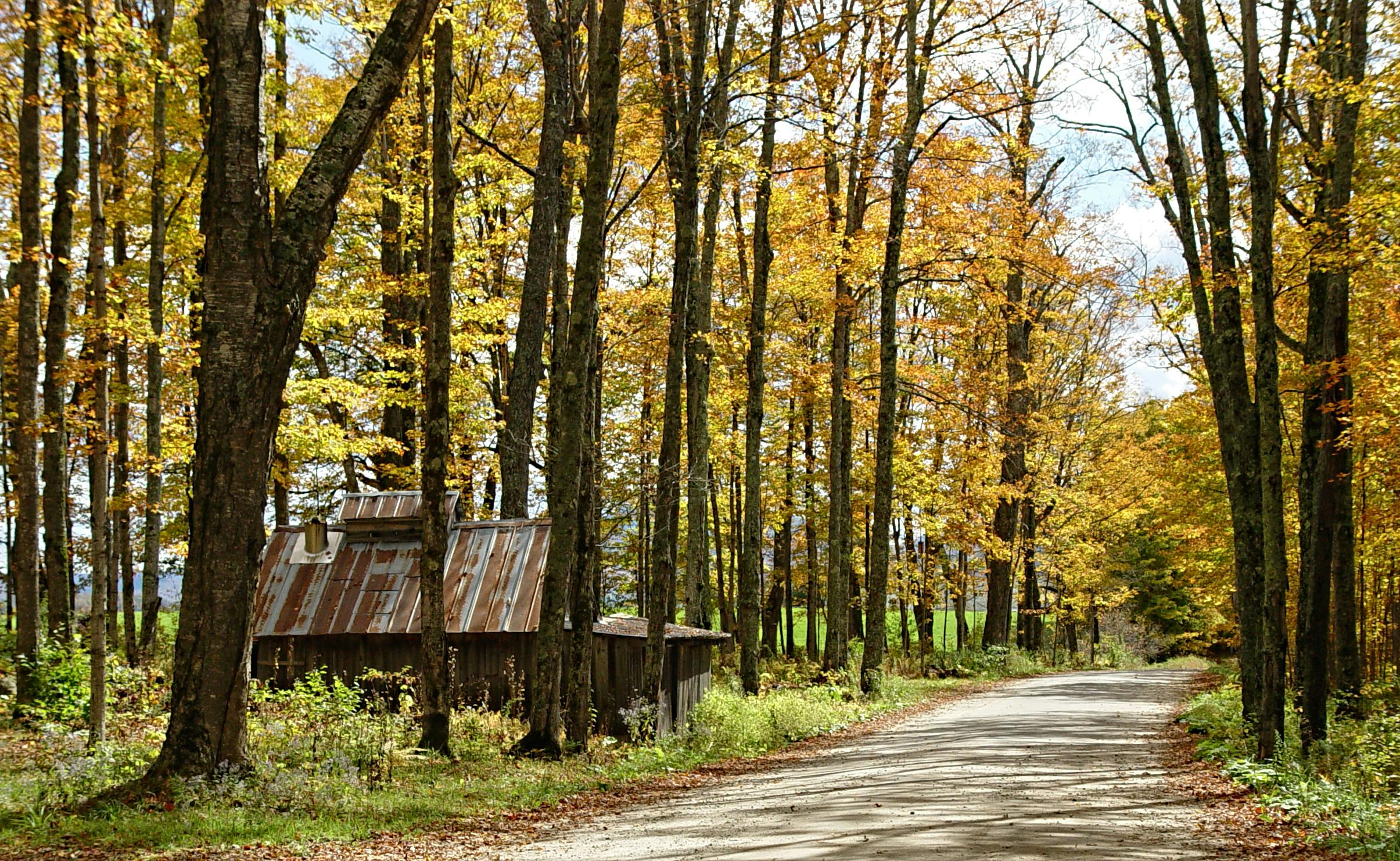Prolonged, record breaking heat across the Pacific Northwest will bring life threatening conditions to many residents, particularly those with at risk health conditions and those without air conditioning.
Forecast:
Portland, Oregon could see temperatures climb to 110ºF, which is 30º-40º above their average for this time of year. Seattle, Washington is forecast to hit 100ºF. The all-time record high in Washington was set on August 5, 1961 at 118ºF, and that was in the southeastern region of the state. The cause behind the strange weather is a northward shift in the jet stream, making the upper atmosphere very warm over this region. The excess upper level heat allows the surface to quickly warm and retain more heat.
 Danger:
Danger:
What Residents Should Consider:
Tips from the National Weather Service
- Avoid being outdoors between 10 AM and 4 PM.
- Stay hydrated.
- Dress in light and airy clothing.
- Stay in a cool place. Check with your local authorities for cooling center status and locations.
- Use an air conditioner if available.
- Consider cancelling outdoor activities during the heat of the day.
Sources: National Weather Service, CNN




